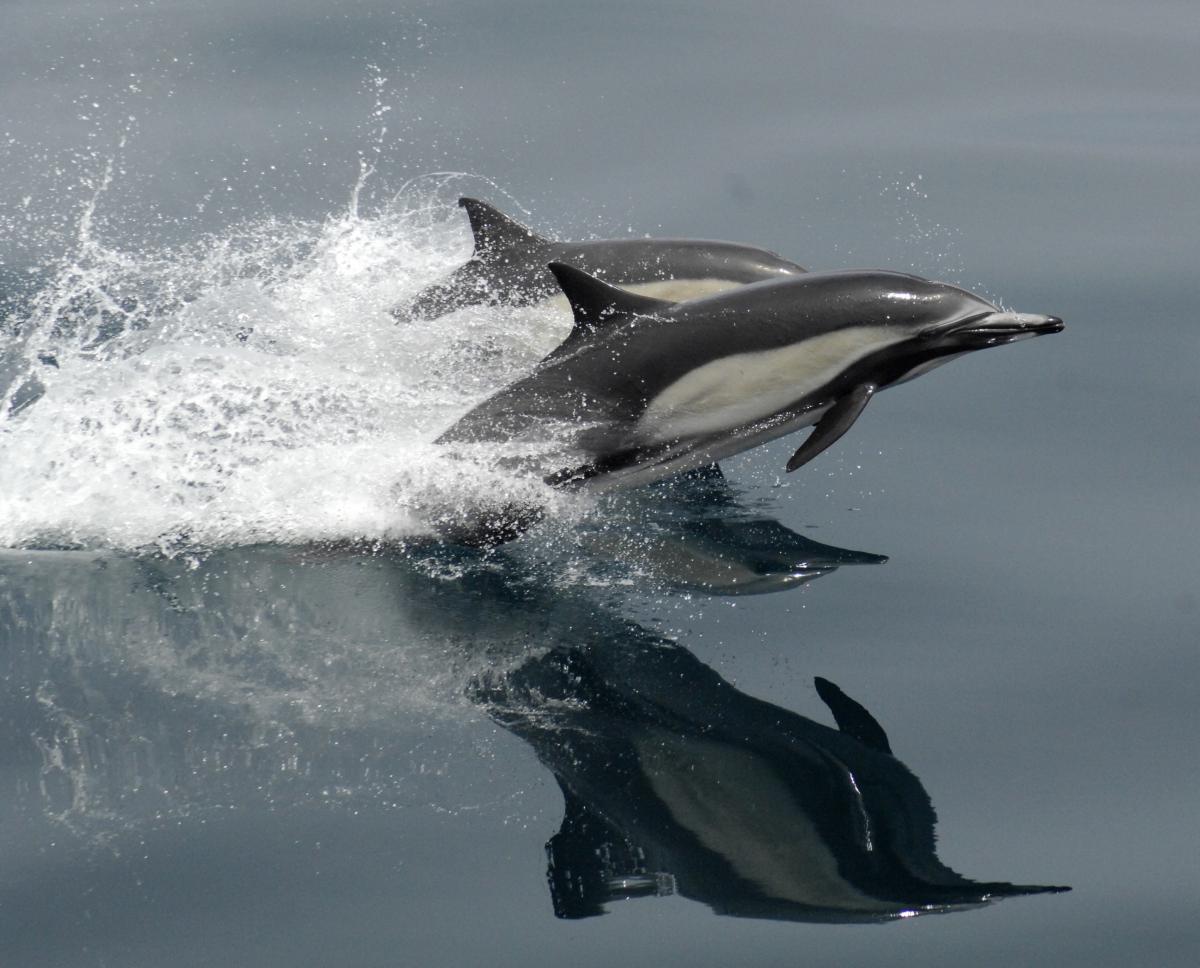The goal of this project, beginning in June 2017, is to study potential behavioral responses of free-ranging oceanic dolphins using controlled exposure experiments or CEEs as part of an ongoing international collaboration to measure the impacts of noise on marine mammals (see the SOCAL-BRS project). Our objectives are to develop and apply methods to track movement and behavior using integrated remote sensing methods to better characterize a typical range of behaviors for these species, and to obtain direct measurements of any behavior changes resulting from controlled exposure. Remote sensing methods include shore- and vessel-based visual observation, shore-based theodolite sampling, unmanned aerial systems (UAS) used for photogrammetry, and remote-deployed passive acoustic sensors.
This study is a collaboration of scientists from Cascadia Research, Southall Environmental Association, SEA, NOAA Southwest Fisheries Science Center, SR3, UC Santa Cruz Institute of Marine Sciences, the Kelp Marine Research organization and U.S. Navy researchers.
For more information on the details of this study, read our project abstract or visit SEA’s website for updates.

Long-beaked common dolphins (Delphinus capensis) photo by Katy Laveck, Cascadia Research.


Examples of remote sensing methods that will be utilized in this study (see our poster abstract for more)